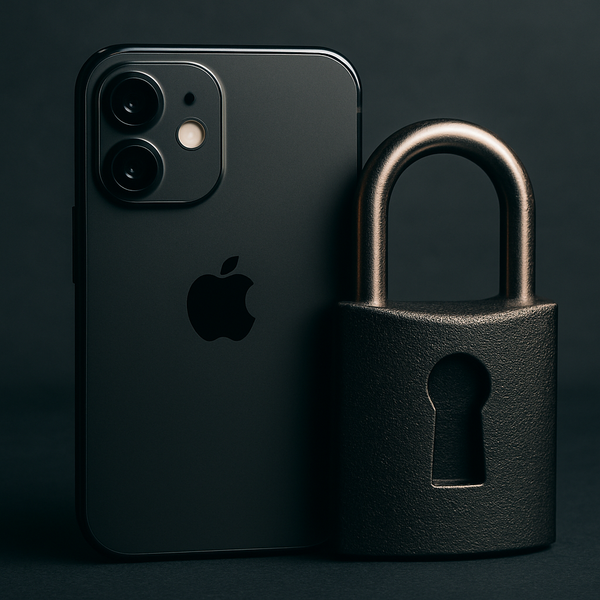Touchscreen Macs & Folding iPads: Apple’s Next-Gen Devices Arriving by 2030
Rumors point to flexible displays on future iPads and the first touch-enabled MacBooks as Apple pushes foldables and touchscreens in the late 2020s.

From flexible OLED panels to hinge innovations, Apple’s product roadmap for the latter half of the decade is shaping up to include both foldable tablets and touchscreen Macs. Here’s what the latest leaks and analyst forecasts reveal about these two major form-factor shifts.
Foldable iPads on the Horizon
Timeline & Form Factor
Late 2026 Prototype, 2027 Launch
Analyst Jeff Pu first predicted an “iPhone Fold” in late 2026—with the same underlying technology arriving on iPads about a year later AppleInsider.
Bloomberg’s Mark Gurman concurs, expecting mass production of folding iPads in 2027, alongside Apple’s debut foldable phone AppleInsider.
Screen Specs & Design
Cover Display: A 5.5-inch “one-hand” screen for quick glances.
Main Inner Panel: A 7.7–7.8-inch flexible OLED with ~428 ppi—ideal for tablet-style productivity.
Crease-Reduction: Apple is reportedly working on nearly invisible fold lines, building on patents for self-healing coatings and unique hinge geometries MacHash.
Challenges & Suppliers
- Hinge Durability: Designs under test include liquid-metal alloys for ultra-long lifespans and minimal wobble.
- Display Partners: Samsung and LG are believed to be the primary panel suppliers, leveraging hybrid OLED stacks to balance rigidity and flexibility.
Touchscreen Macs: A Decade in the Making
Why Apple Held Back
- Apple executives, including Craig Federighi, have long cited ergonomics—and macOS’s pointer-driven UI—as reasons to avoid touchscreens on MacBooks X (formerly Twitter).
- Patents filed over the past five years, however, show multiple approaches: from under-display Face ID and haptic feedback trackpads to full-screen touch support that blends keyboard, trackpad, and stylus input.
Expected Debut & Features
- First Models: The next MacBook Pro refresh (circa 2028–2030) is the leading candidate to receive touch panels, with possible Apple Pencil compatibility.
- Hybrid Input: Early prototypes suggest dynamic “touch zones” around the function keys, rather than a fully touch-enabled display, to preserve traditional typing comfort.
- Software Optimizations: macOS could gain optional touch UI layers—widgets, context-aware menus, and drag-and-drop support tuned for finger input.
What This Means for Apple’s Ecosystem
Post-iPhone Era Diversification
As iPhone sales plateau, foldables and touchscreen Macs represent bold new hardware categories to drive growth.
Unified Display Technology
Flexible OLED and advanced hinge engineering pave the way for a common display platform across iPhone, iPad, and Mac lines.
Developer Opportunity
Apps will need to adapt to dual-screen workflows (foldable iPad) and optional touch input on macOS, unlocking creative multitasking and design tools.
Looking Ahead
- WWDC Sneak Peeks: Expect early developer betas of macOS 17 to include touch-enabled UI elements.
- Accessory Ecosystem: Specialized cases, magnetic Apple Pencil adapters, and foldable stands will proliferate.
- Pricing Premium: Both foldables and touchscreen MacBooks will command top-tier prices—estimates begin around $2,000 for a foldable iPad and $2,500+ for a touch-enabled MacBook Pro.
Apple’s push into foldables and touchscreen laptops signals a transformative second half of the 2020s—one where device form factors blur traditional boundaries. Keep an eye on late-decade announcements, because the next chapters in Apple’s history may be the most radical yet.




